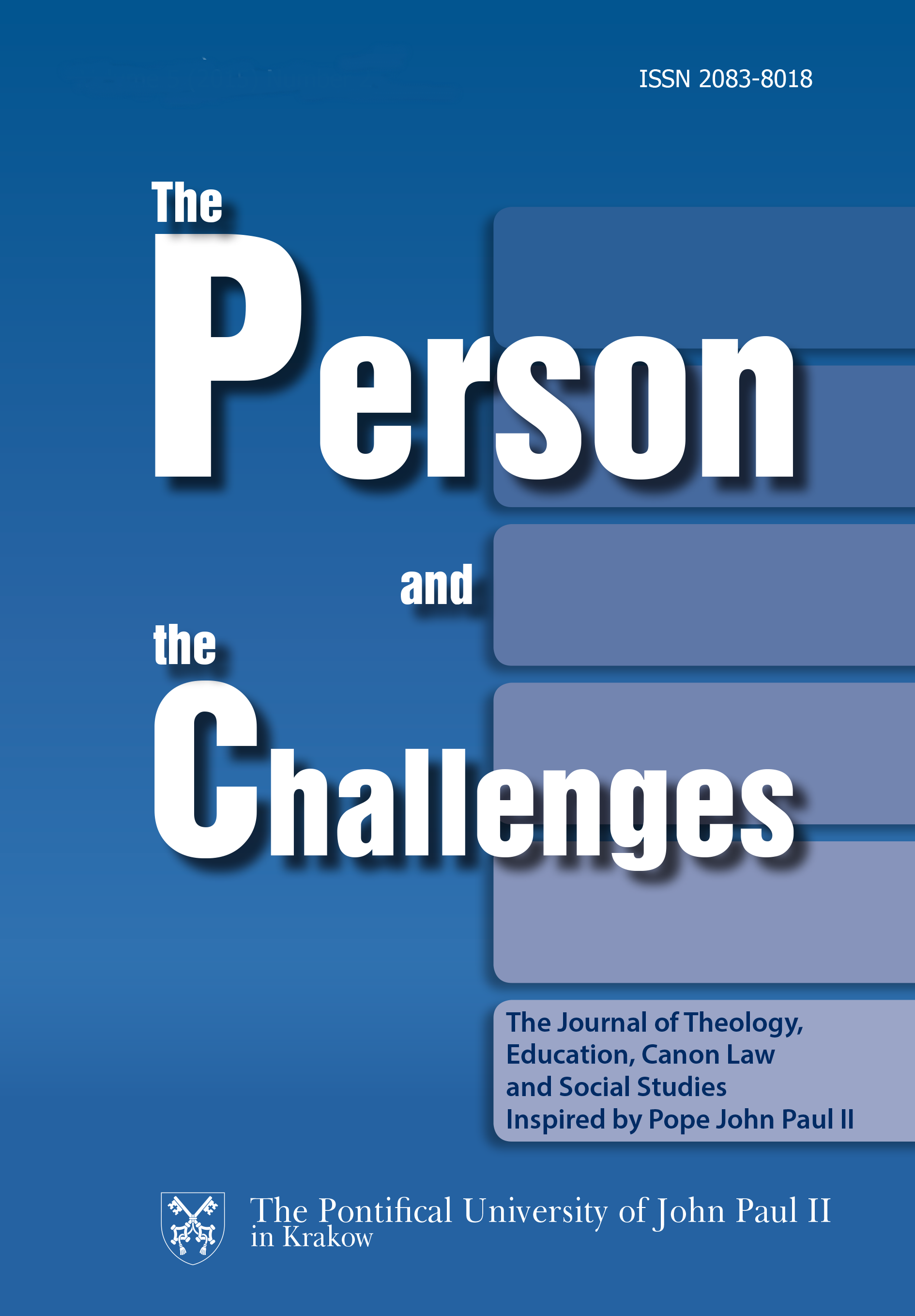Consequences of the Communist Revolutionary Ideology for the Catholic Community in Slovenia
Consequences of the Communist Revolutionary Ideology for the Catholic Community in Slovenia
Author(s): Bogdan KolarSubject(s): WW II and following years (1940 - 1949), Post-War period (1950 - 1989)
Published by: Wydawnictwo Naukowe Uniwersytetu Papieskiego Jana Pawła II w Krakowie
Keywords: Catholic Church; Communist Revolution; Slovenia; totalitarian Regimes;World War II;
Summary/Abstract: The Second World War began in Slovenia on 6 April, 1941 with the occupation of the national territory by the German, Italian and Hungarian occupying forces and resulted not only in the efforts to liberate the country but gave rise to intense revolutionary events. By declaring the liberation movement its exclusive right, the Communist Party, until then banned and working underground, announced a fierce fight against anyone not willing to submit to its plans and leadership. It also used the Civil War to launch a revolution. Following the Church’s teaching, Slovenian Catholics were reluctant to go along with such conduct. Violence against ideological opponents of Communism began already in the autumn of 1941. At the end of war when the Communist Party and its satellite organizations took over the country, the violence against those who disagreed continued and culminated in the summer of 1945. Among them were many Catholic families, priests and members of religious orders. Pressure on the priests started to decline after 1960, yet the pressure on the Catholic laity grew stronger.
- Issue Year: 3/2013
- Issue No: 2
- Page Range: 93-111
- Page Count: 19
- Language: English

